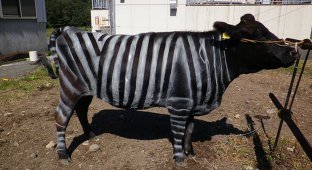How “tulip fever” led to a large-scale financial crisis in the country (7 photos)
At the height of the hysteria, a single bulb of this plant could buy a luxurious mansion. 
In 1554, the ambassador of the Austrian court was walking in the garden of the Turkish sultan and noticed a flower of extraordinary beauty. It was a tulip. The envoy immediately bought a batch of bulbs and sent them to Vienna, especially for Ferdinand I. 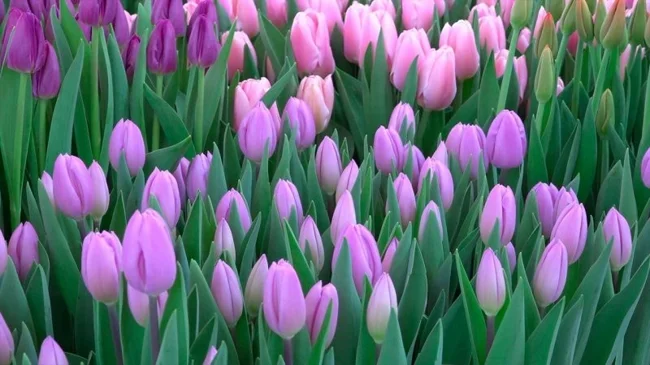
In Austria, the botanist Carl Clusius took up the cultivation of tulips. Later, he went to Holland, became the head of the University Botanical Garden in Leiden, and bred a tulip adapted to the local climate. News of his work quickly spread throughout the country and everyone immediately wanted to get the bulbs of this miracle flower.
The tulip became a symbol of wealth and status, and botanists worked tirelessly and bred new variations of the flower: with stripes of different shades, with variegated spots or curly petals. By 1612, there were more than 100 varieties. 
But the prices for bulbs really skyrocketed after European royal courts became interested in tulips. And by 1623, one bulb could cost 1,000 guilders. At that time, the average Dutchman earned 100-150 guilders a year. And, for example, a pig cost 1 guilder. But the record for high prices was broken by the Semper Augustus tulip variety - one bulb was sold for 6,000 guilders. 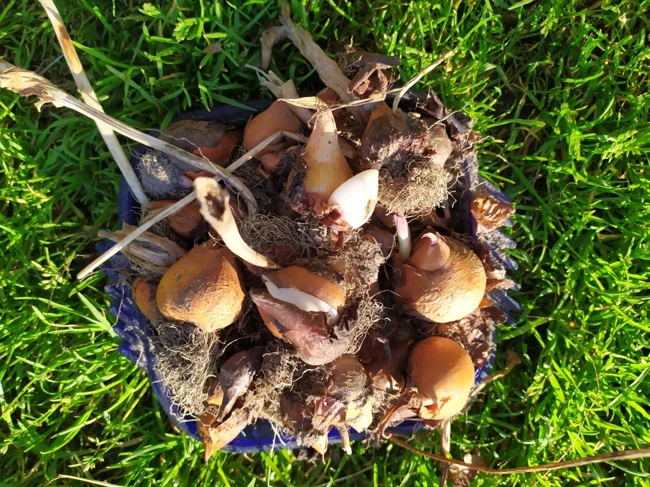
Sometimes the buyer simply did not have such a huge amount of money and he gave a stone house, cattle, several tons of wheat or oil for a couple of bulbs. That's when the hysteria began, later it was called "tulip fever". 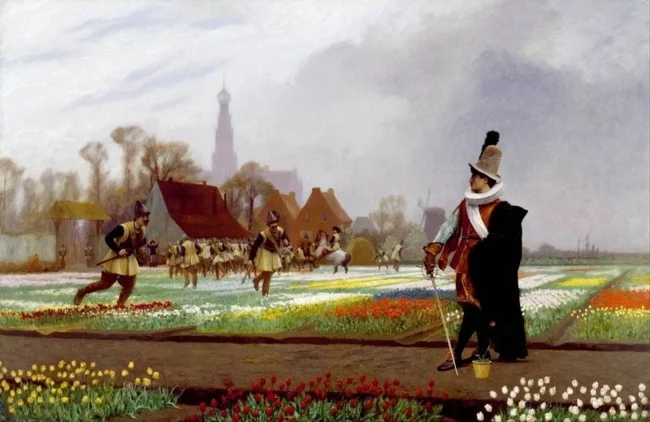
At first they were sold from May to October. But when the boom began, they launched the sale of winter seedlings. A lot of speculators appeared on the market, they tried to buy winter plants and sell them in the spring at 4 times the price. Flower exchanges opened in Amsterdam, Leiden, and Harlem, and bulbs began to bring in more profit than gold trading. And soon they began to speculate on bulbs that had not yet grown - they agreed to buy an agreed quantity at an agreed time in the future. They called it "wind trading" or "paper deals" and created a giant bubble on the market. 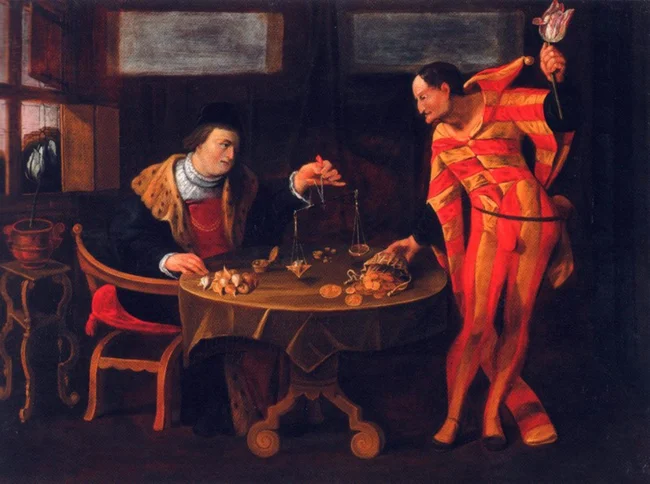
By 1634, half of the deals on the market were paper and prices were rising. And 3 years later, the market was overheated - a huge number of bulbs at astronomical prices, and no one to sell them to. And then the crisis happened: in one day, prices fell 100 times, in a week - 1000 times. Then the entire economy of the country went down, because a huge amount of money was circulating in the tulip trade. It took the Netherlands several years to get out of this hole. 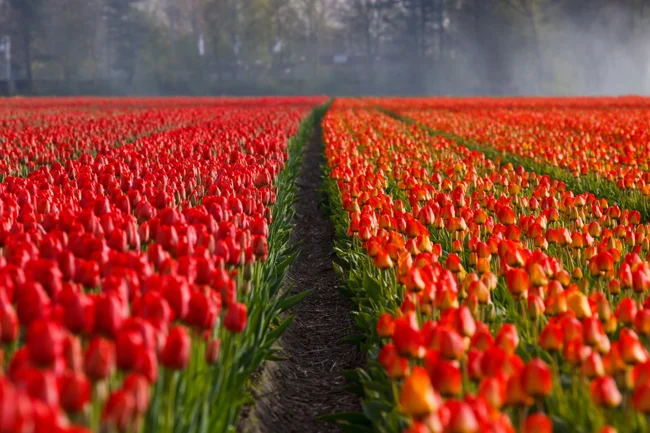
Then the Dutch drew conclusions from that tulip scam and did not get involved in risky ventures anymore. Even today, they are very cautious about speculating with cryptocurrencies, trading in the already forgotten NFTs, and even look at neural networks with AI with caution. So they learned their lesson.














